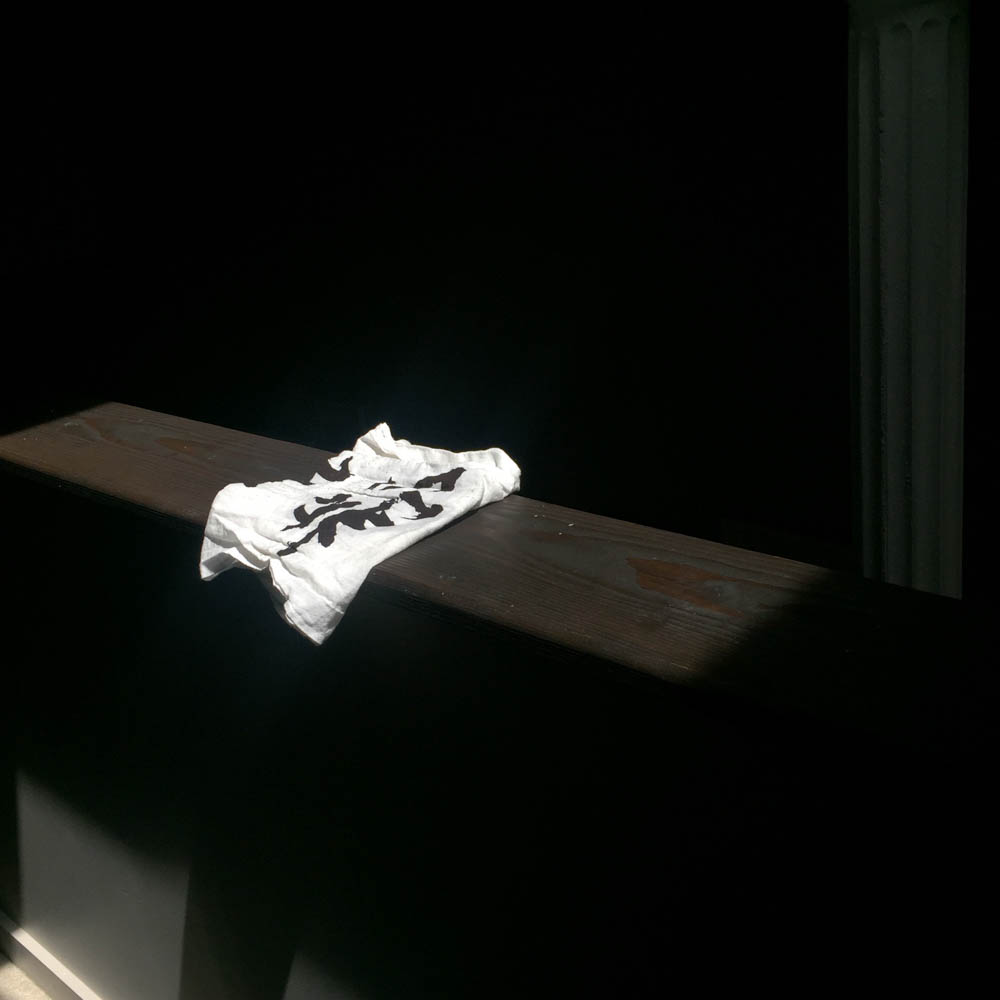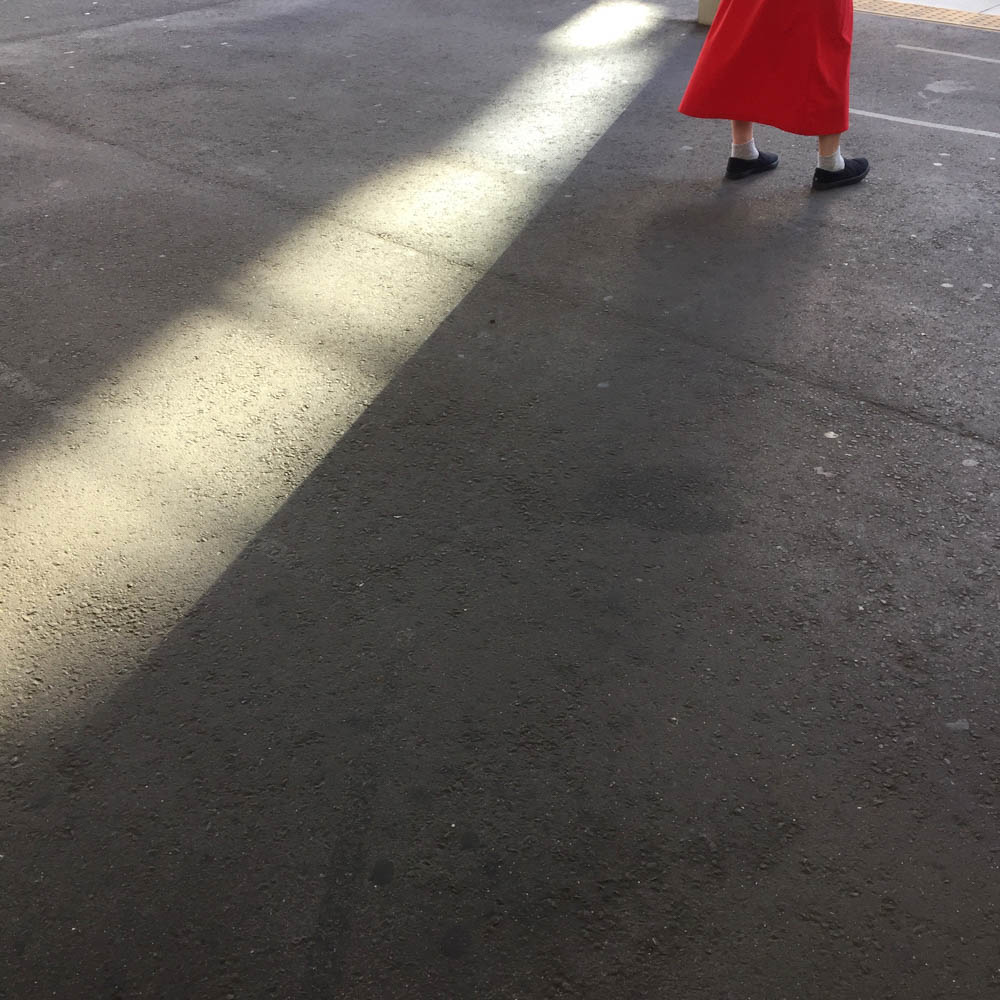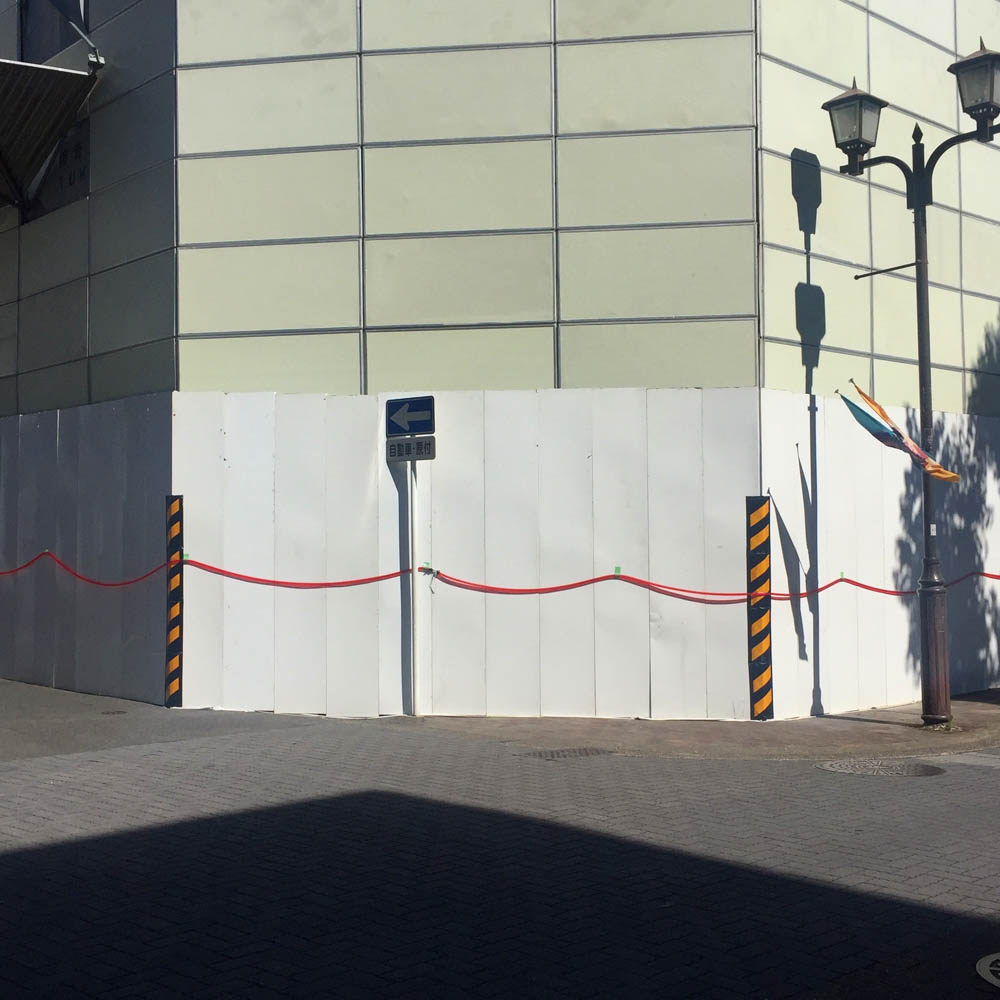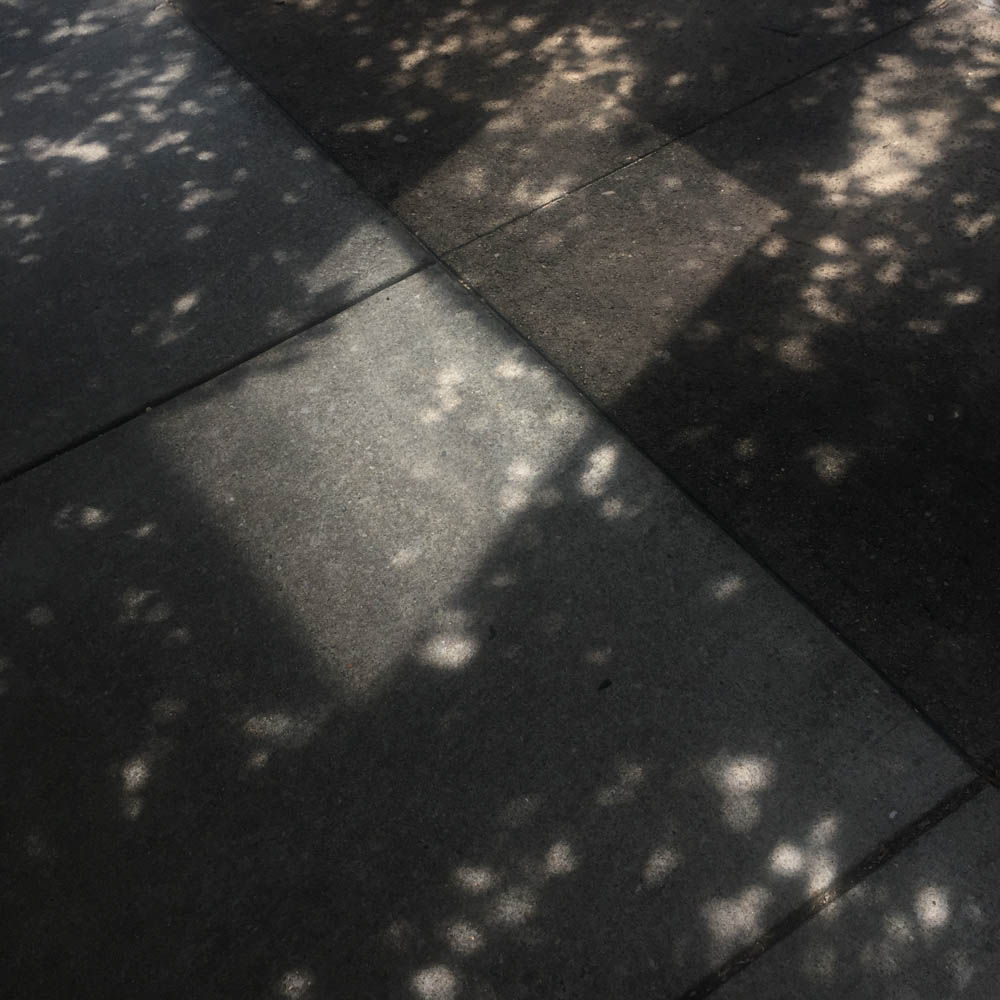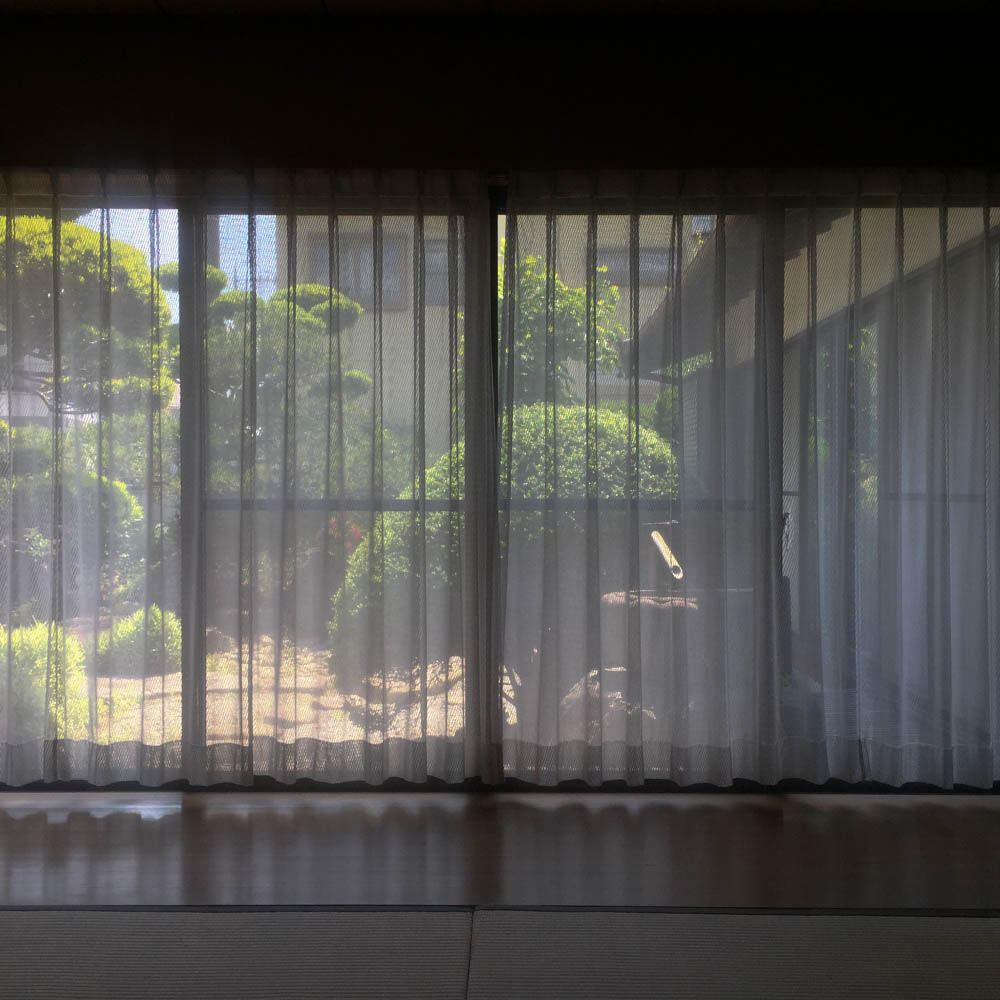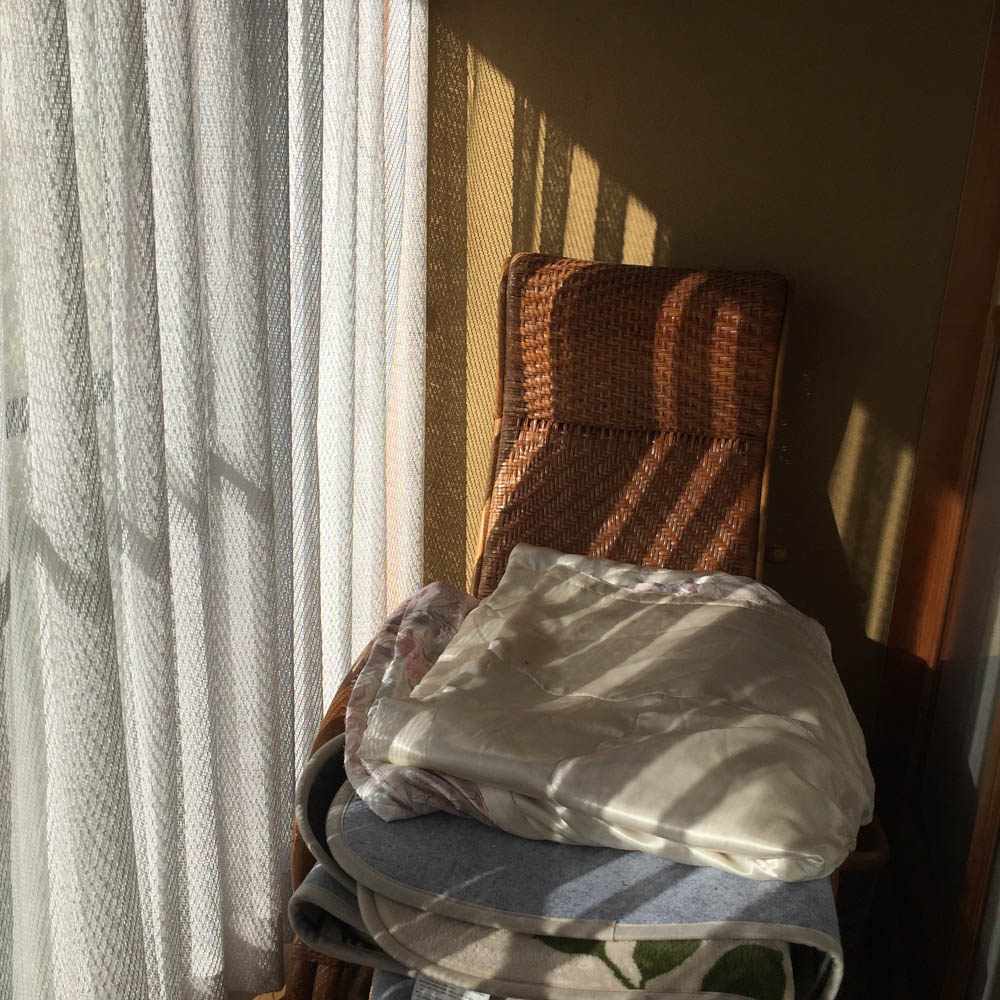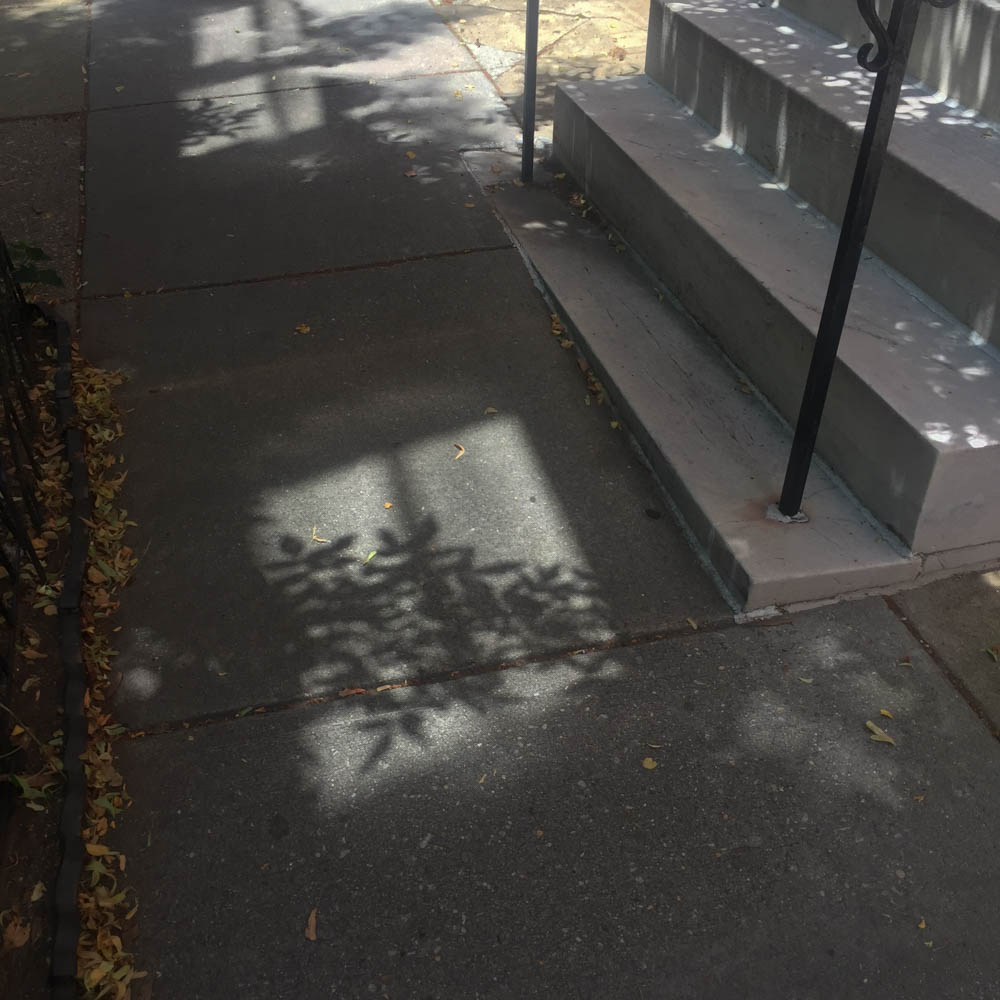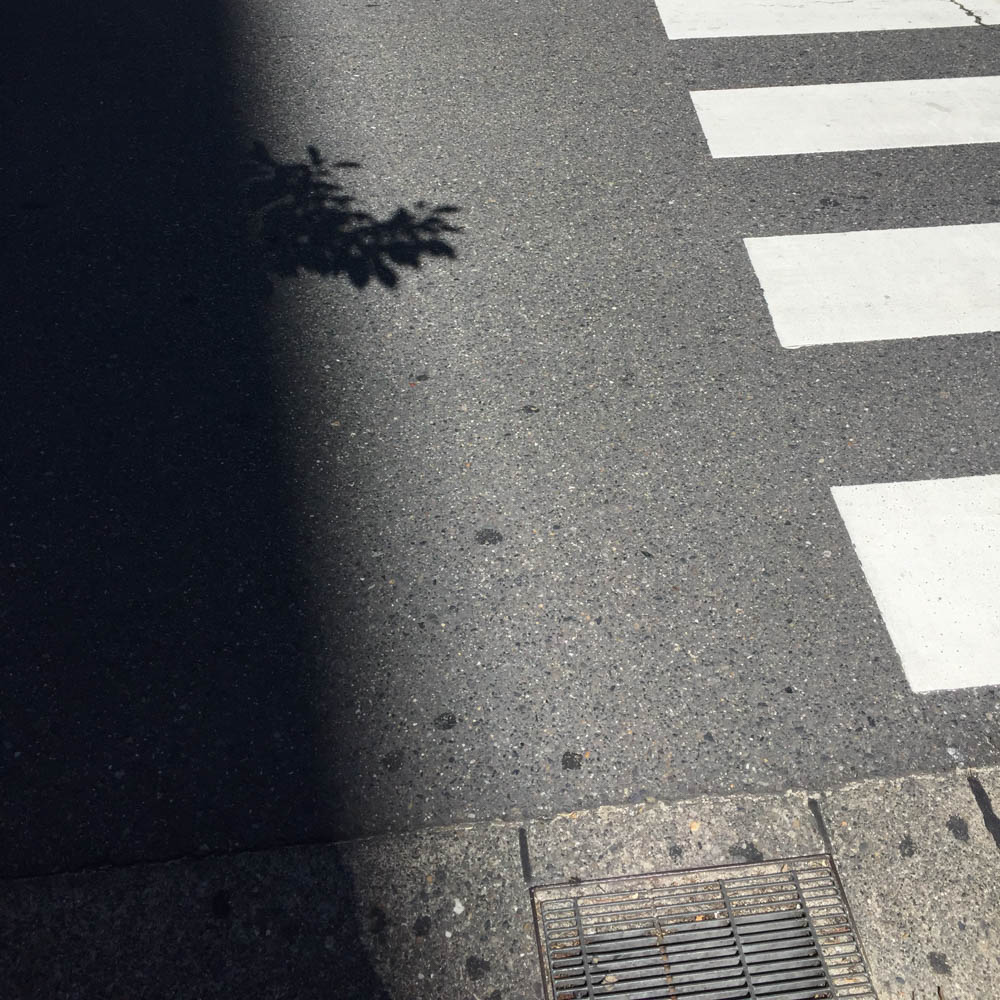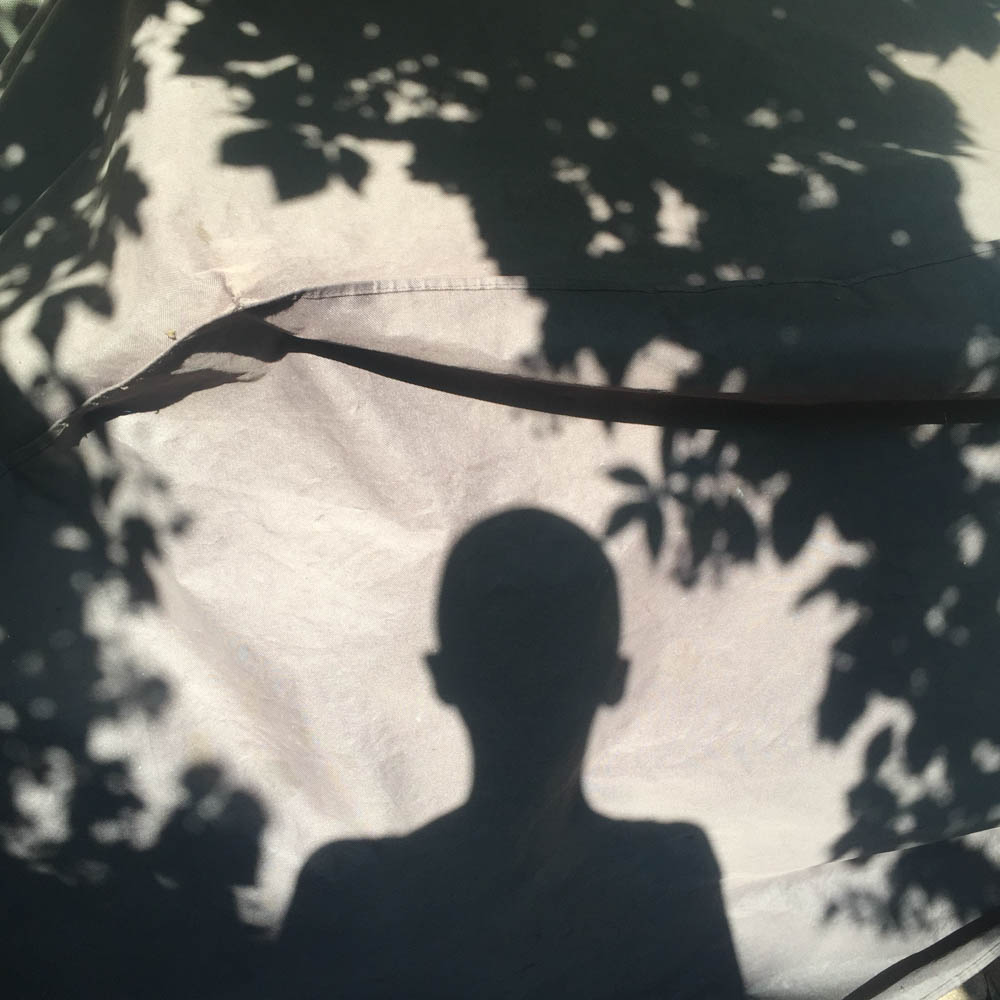In the form of a lament, Juni’chiro Tanizaki, author of In Praise of Shadows (published 1933), champions the traditional use of materials within domestic spaces and the impact of a recently opened Japan. Speaking of the delight in viewing lacquerware in a dimly lit space, he writes “it’s florid patterns recede into the darkness, conjuring in their stead an inexpressible aura of depth and mystery, of overtones but partly suggested.” In Tanizaki’s world, shadows heighten the sensory experience of space and objects. “We find beauty not in the thing itself but in the pattern of shadows, the light and the darkness, that one thing against another creates… Were it not for shadows, there would be no beauty.”
This ongoing series, which borrows its name from Tanizaki’s seminal work, is the product of a practice of looking. In capturing moments of shadow and light, I attempt to make tangible the desire to be moved by something. In our increasingly click-share-post culture, the art of the reproduction is simultaneously more pervasive and more diluted than it was nearly a century ago. By calling attention to the fleeting, one may find beauty in the shadows.

